#Fechtens
Explore tagged Tumblr posts
Text
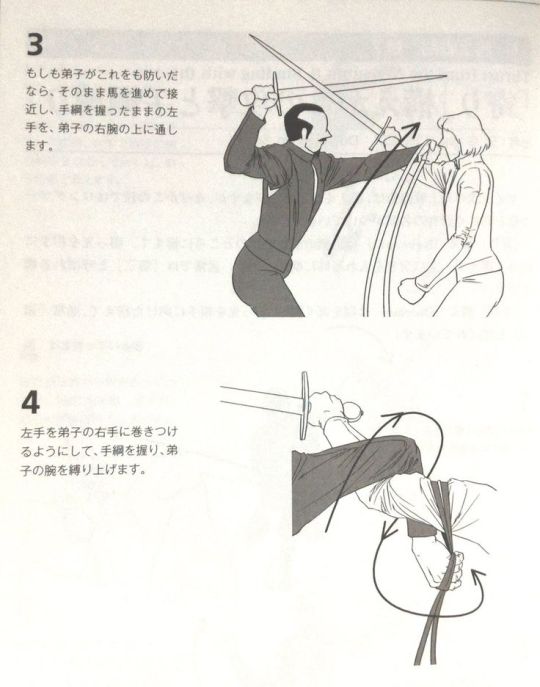
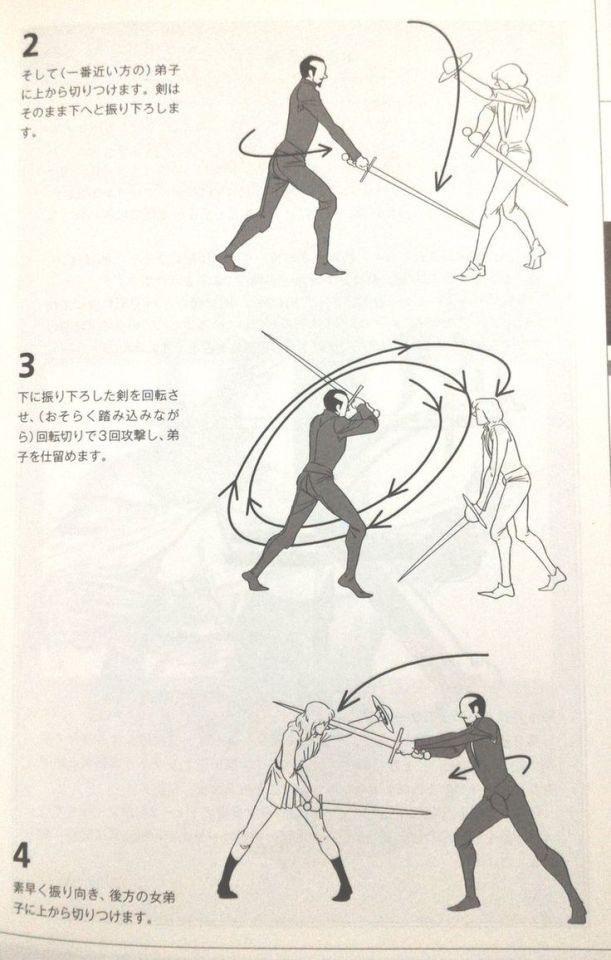

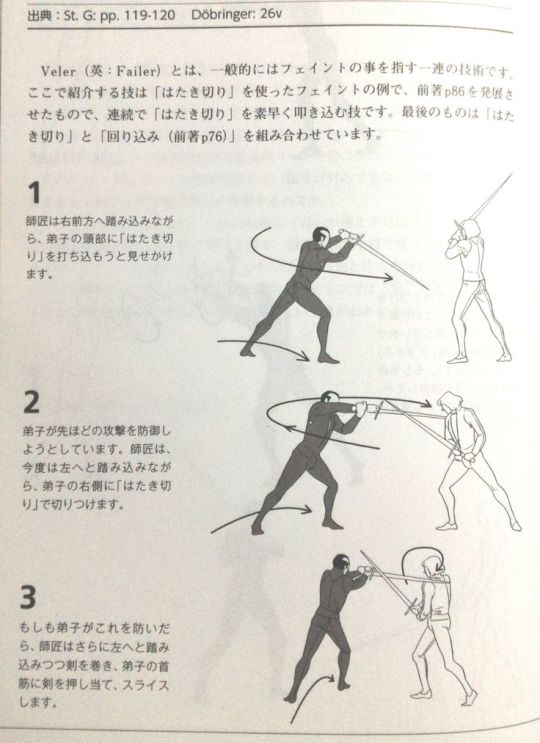
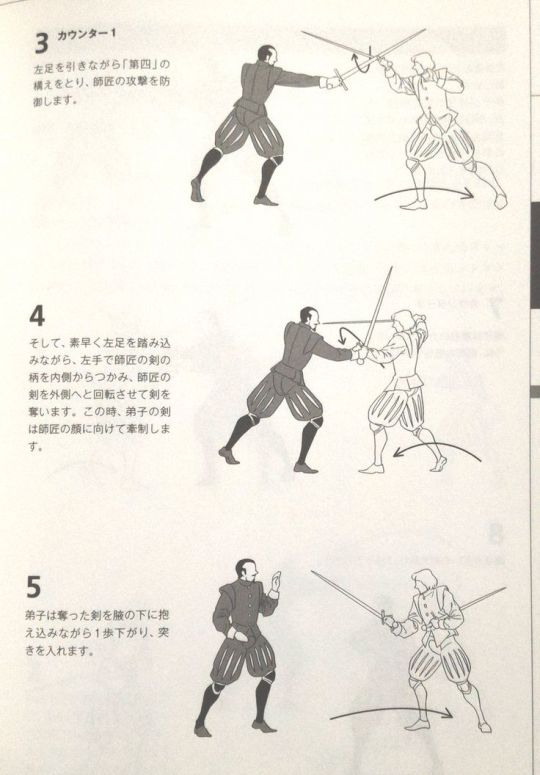
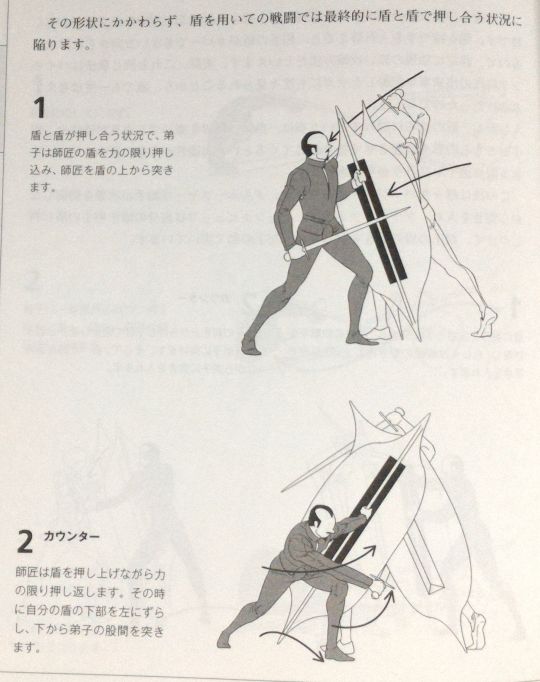

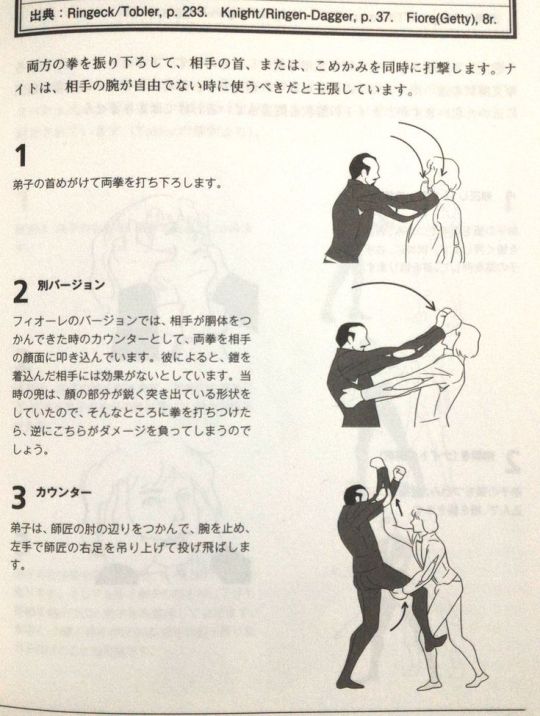

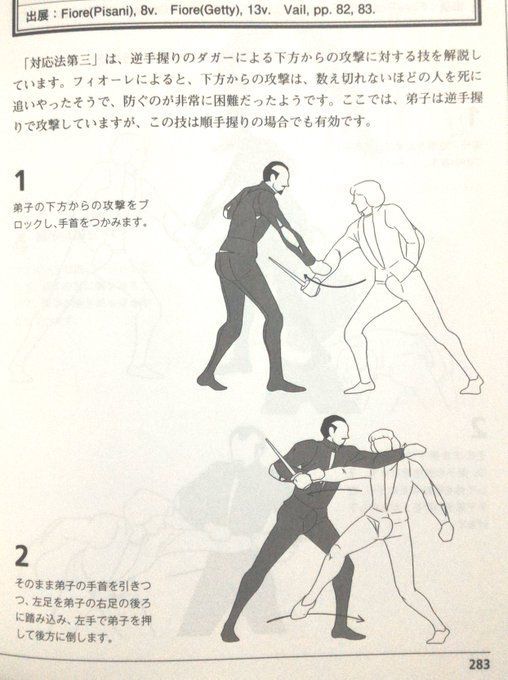

I need some help identifying the book where these came from. The illustrations are pretty sweet! EDIT: it's "The Martial Arts of Medieval Europe by Ryuta Osada" 中世ヨーロッパの武術 (by 長田 龍太) https://www.amazon.co.jp/-/en/%E9%95%B7%E7%94%B0-%E9%BE%8D%E5%A4%AA/e/B08JVK5R9W/ref=dp_byline_cont_book_1
#hema#historical european martial arts#HMA#historical#martial arts#sword#swordplay#japanese#manual#treatise#fiore#wallerstein#i33#marozzo#persian#ringen#abrazare#armizare#kunst des fechtens#kdf
98 notes
·
View notes
Text
i'm gonna be real gamers i'm very tired of seeing buhurt posts on my dash PLEASE go pick up a manual
#buhurt#more like pooshart#hema#kdf#kunst des fechtens#swords even#please i'm begging you you could be learning real historical techniques with actual applications#instead you're whaling on each other like preschoolers who found a stick#it's like a chef watching someone put their whole penis and balls into a perfectly cooked beef wellington
3 notes
·
View notes
Text
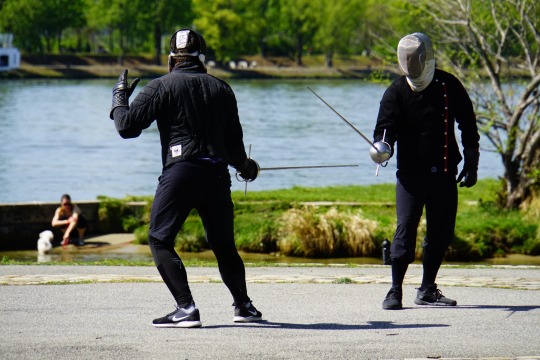

06/04/2024
vienna, austria
burak buyukbunar
3 notes
·
View notes
Text



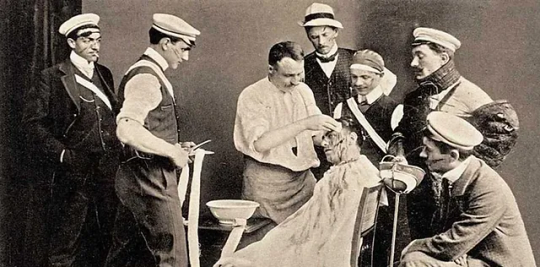


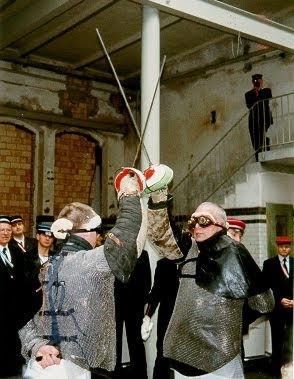
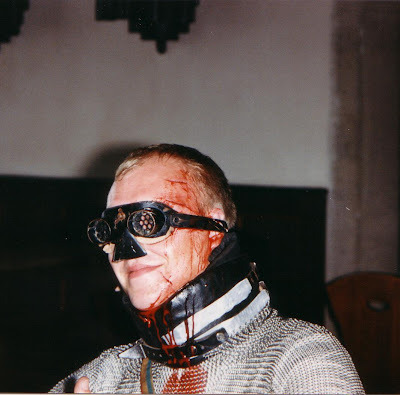
Mensur
Forma de esgrima tradicional practicada en asociaciones estudiantiles alemanas. Tiene su origen en el Renacimiento, pero se realiza hasta hoy en día.
Los combates se dan entre miembros de la misma Studentverbindung. En contraposición con la mayoria de formas de esgrima y combate, los oponentes se mantienen estáticos. El objetivo es demostrar coraje al recibir los golpes de sable en la cara.
En algunos casos las heridas son rellenadas con crin de caballo para provocar una cicatriz más profunda y permanente. Estas son consideradas marcas de honor y, hasta principios del siglo XX, se consideraba que ningún hombre podía sostener un cargo público sin tener al menos una de ellas.
9 notes
·
View notes
Text
"Welche Kampfkünste kennst du?" And he was all "Ja."
#German Martial Arts#Fencing#kampfkuntse#Die Kunst des Fechtens#Paulus Hector Mair#The Locked Tomb#Its totally related Gideon Would LOVE this guy#Opus Amplissimum de Arte Athletica#Augsburg#bavaria#deutschland#Early New High German#Party hard#aristocrat#when hobbies become ways of life
1 note
·
View note
Text
Der Kleine von Yvonne und Jo. Der Pflegesohn. Adrien Agreste-Abklatsch.
#gzsz#gute zeiten schlechte zeiten#jo gerner#yvonne bode#lukas ruess#und jetz wollen sie ihn auch noch zum Fechten schicken#ich fass es nicht
0 notes
Text

Good morning friends!
My rules light, d6 pool, combat ttrpg is out today!
Duellists is an 8 page all-in-one tabletop roleplaying game focusing on duels and combat, in the hunt for renown and wealth!
Duellists is rules light, combat tabletop roleplaying game for between 3 to twenty players, using only six-sided dice. It draws inspiration from the fighting manuals of the 15th and 16th century, specifically Joachim Meyer's 1570 Gründtliche Beschreibung der… Kunst des Fechtens and Peter Falkner's Kunste Zu Ritterlicher Were.
Inside you'll find:
An easy to understand system powered by opposed D6 rolls.
Simple rules for character creation.
A robust combat system that is straightforward.
A character sheet with space to record the brave deeds of your noble Duellist.
The world lies ahead of you, write your glorious name into the pages of history!
#indie ttrpg#ttrpg#ttrpg community#ttrpg design#tabletop rpg#ttrpg art#worldbuilding#indie games#ttrpg oc
41 notes
·
View notes
Text










Das Fechten
Martial arts are highly regarded among Guild members. Academy girls are encouraged to learn Fechten (fencing), Peitschenarbeit (whip work), and Schlagstock (quarterstaff). Many proudly carry scars and continue to practise these skills in the course of their careers in security and in the militia.
19 notes
·
View notes
Text
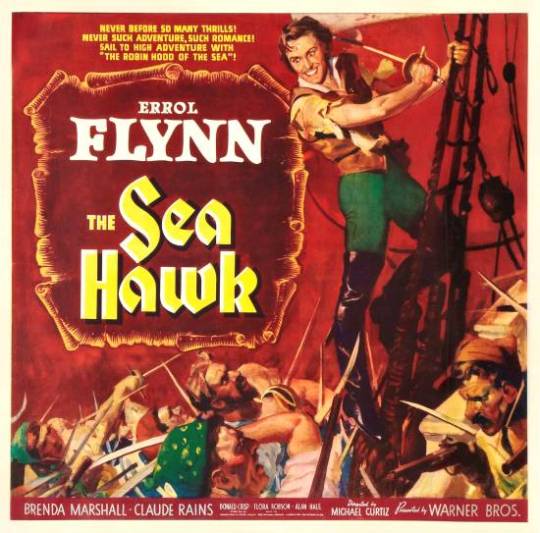
Der tapfere englische Freibeuter kämpft für seine reizende Königin gegen die unfairen, die Weltherrschaft anstrebenden Spanier, gewinnt das Herz einer schönen Frau, entfacht einen Aufstand unter Galeerensträflingen und bekommt einen legendären Korngold-Score. Einziger Wermutstropfen: er darf diesmal nicht mit Basil Rathbone fechten, sondern bloß mit dem nicht ganz so charismatischen und fechtbewanderten Henry Daniell.
#The Sea Hawk#Errol Flynn#Brenda Marshall#Claude Rains#Henry Daniell#Donald Crisp#Alan Hale#Una O'Connor#Film gesehen#Michael Curtiz#Erich Wolfgang Korngold
5 notes
·
View notes
Photo
Holaaaa

From Wiktenauer:
The exploits of 19th century martial arts researchers like Hutton and Novati are well known in the modern HEMA community. Less well known are the efforts in the early 20th century. The manual of Wilhelm Fabricius is one such work. He created a syllabus for two-handed sword fencing based on Meyer and Talhoffer for the Pfadfinder (the German branch of the scouting movement) in the early 1930s. Unfortunately, it was created shortly before the Pfadfinder were disbanded and replaced by the Hitler Jugend, who apparently co-opted the manual for their own purposes.
At least two printings were conducted, in 1935 and 1936, under the title “Ritterliche Waffenspiele, Schwert- und Stock-fechten, Bogenschiessen, Armbrustschiessen, Bau von Übungswaffen. Mit 66 abbildungen nach Zeichnungen des Verfassers”.
(via facebook)
22 notes
·
View notes
Note
Really like/relate to your tags about everybody perking up when they hear you swordfight and losing interest immediately. and meanwhile you're like, "no, you don't understand, this is so important to me, i spent 3 years practicing this..."
(What discipline do you do? i don't do HEMA but it's really cool)
I'm a HEMA (Historical European Martial Arts) practitioner! I'm primarily trained in longsword, with a focus on the early Kunst des Fechtens styles described by Ringeck, pseudo-von Danzig, Lew, and other early contemporaries/students of Liechtenhauer. I also enjoy single-stick although I'm not amazing at it, and I love Destreza even though I am terrible at it.
(In plain English: I am quite good at fighting with unarmored longsword, ok at fighting with a single handed sword (no shield), and am bad at rapier.)
8 notes
·
View notes
Text
beseda dne: fehtati (prosjačiti; nižje pogovorno)
etimološko sorodna angleškemu fight: fight (sodobna ang)<fighten (srednja ang)<feohtan (stara ang)<*fehtan (proto-zahodna germanščina)
*fehtan (proto-zahodna germanščina)>fechten (nemščina: v književnem jeziku: "boriti se", v pogovornem tudi: "prosjačiti")>vëhten (srednjevisokonemško)>fehtati
če citiram razlago s frana: "Slednji pomen (=prosjačiti) se je v nem. rokovnjaškem žargonu razvil iz izhodiščnega ‛boriti se’. Klateži so imeli namreč navado uprizarjati fiktivne poulične pretepe in nato prosjačiti pri gledalcih."
#a so kljunčki (<>) obrnjeni v pravo smer?#a je pametno kot poglavitni vir navajati vikš'neri?#najbrž ne!!#pa smo vendar tu#V#pog#dejanja#denar#čustva#zaz#negat
2 notes
·
View notes
Text

Darf ich vorstellen: Madame Jeanne Louise Calment, die nachweislich die längste menschliche Lebensspanne hatte: 122 Jahre und 164 Tage.
Offenbar war das Schicksal mit ihrem Lebenswandel sehr einverstanden.
Sie wurde am 21. Februar 1875 in Arles, Frankreich, geboren. Der Eiffelturm wurde gebaut, als sie 14 Jahre alt war. Zu dieser Zeit lernte sie Vincent van Gogh kennen. "Er war schmutzig, schlecht gekleidet und unsympathisch", erinnerte sie sich in einem Interview von 1988.
Mit 85 Jahren begann sie mit dem Fechten und fuhr noch mit 100 Jahren Fahrrad. Mit 114 Jahren spielte sie die Hauptrolle in einem Film über ihr Leben, mit 115 Jahren wurde sie an der Hüfte operiert, und mit 117 Jahren gab sie das Rauchen auf, mit dem sie 1896 im Alter von 21 Jahren begonnen hatte. Sie gab es nicht aus gesundheitlichen Gründen auf, sondern weil sie es nicht mochte, jemanden bitten zu müssen, ihr beim Anzünden einer Zigarette zu helfen, nachdem sie fast blind war.
Im Jahr 1965 war Jeanne 90 Jahre alt und hatte keine Erben. Sie unterschrieb einen Vertrag über den Verkauf ihrer Wohnung an den 47-jährigen Rechtsanwalt André-François Raffray. Er erklärte sich bereit, ihr monatlich 2.500 Francs zu zahlen, unter der Bedingung, dass er die Wohnung nach ihrem Tod erben würde. Raffray zahlte jedoch nicht nur 30 Jahre lang an Jeanne, sondern starb auch noch vor ihrem Tod im Alter von 77 Jahren, so dass seine Witwe gesetzlich verpflichtet war, Madame Calment bis an ihr Lebensende zu bezahlen.
Jeanne behielt ein scharfes Denkvermögen. Als sie an ihrem 120. Geburtstag gefragt wurde, was für eine Zukunft sie erwarte, antwortete sie Ihre Antwort: "Eine sehr kurze".
Hier sind die Lebensregeln von Jeanne Louise Calment:
"Ich liebe den Wein."
"Alle Babys sind schön."
"Ich glaube, ich werde vor Lachen sterben."
"Ich bin vom lieben Gott vergessen worden."
"Ich habe nur eine Falte, und auf der sitze ich."
"Ich trage nie Wimperntusche; ich lache oft, bis ich weine."
"Wenn du etwas nicht ändern kannst, mach dir keine Gedanken darüber."
"Behalte immer dein Lächeln. So erkläre ich mir mein langes Leben."
"Ich sehe schlecht, ich höre schlecht und ich fühle mich schlecht, aber alles ist in Ordnung."
"Ich habe einen großen Lebenswillen und einen großen Appetit, vor allem auf Süßigkeiten."
"Ich habe eiserne Beine, aber um ehrlich zu sein, fangen sie an zu rosten und knicken ein wenig ein."
"Ich habe mich vergnügt, wenn ich konnte. Ich habe klar und moralisch und ohne Reue gehandelt. Ich bin sehr glücklich."
"Jung zu sein ist ein Geisteszustand, er hängt nicht vom Körper ab. Ich bin eigentlich immer noch ein junges Mädchen, ich habe nur in den letzten 70 Jahren nicht mehr so gut ausgesehen".
Am Ende eines Interviews sagte der Journalist: "Madame, ich hoffe, wir sehen uns im nächsten Jahr wieder". Darauf antwortete Jeanne: "Warum nicht? Sie sind noch nicht so alt, Sie werden noch hier sein!"
Das Bild mit den Flügeln ist ein Kunstwerk von
L. Lichtenfells
2 notes
·
View notes
Note
favorite treatise based purely on illustrations?
on the one hand, joachim meyer's kunst des fechtens is very well illustrated and communicates the techniques very well.
on the other hand, fiore dei liberi's flower of battle has a few pics of someone getting kicked in the balls
hard to say, really
5 notes
·
View notes
Text

Duellists is rules light, D6, combat focused tabletop roleplaying game for between 3 to twenty players,. It draws inspiration from the fighting manuals of the 15th and 16th century, such as Joachim Meyer's 1570 Gründtliche Beschreibung der Kunst des Fechtens. Out on the 22 of February!
8 notes
·
View notes
Link
0 notes